Up Next

Racing Point has been fined €400,000 and given a 15-point deduction after Renault’s protest against its brake ducts was upheld.
But the verdict far from closes the wider ‘Pink Mercedes’ case and the saga is sure to continue.
Our writers give their immediate take on the FIA’s decision.
GARY ANDERSON
Small penalty sends the wrong message
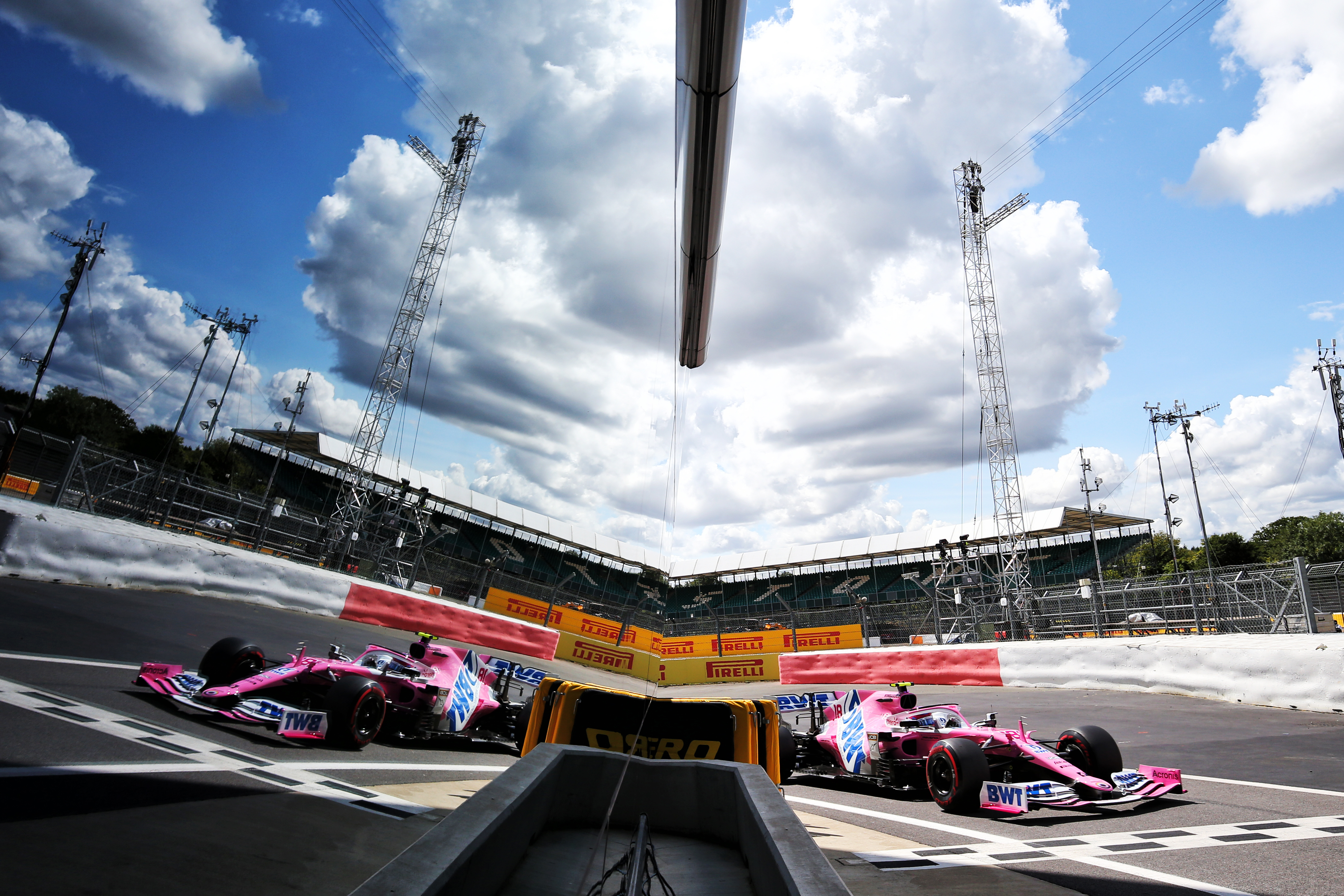
Hopefully, the Renault/Racing Point brake duct protests are finally over and we can get on with the racing.
Just taking the various points, we have the following interpretations:
1 Racing Point used the Mercedes front brake ducts in 2019 and redesigned them from that concept to use in 2020. That was completely above board.
2 Racing Point did not use the Mercedes rear brake duct in 2019. However, it obtained the design from Mercedes, copied it and is now using that design in 2020, against the Listed Parts regulations. For this, it was fined €400,000 and deducted 15 points. In future races, if it uses those rear brake ducts, it will get a reprimand but no further fines.
3 Racing Point is still racing with components on its 2020 car that was born from information received directly from another team.
The financial penalty is irrelevant, points are the biggest penalty and in my opinion this should have been a lot more.
At one race, a team can score 44 points for a 1-2 plus fastest lap, so for me that would have been a more draconian penalty. After all, that is the result that Racing Point went to Austria to try to achieve.
More importantly, has this set a precedent that would allow Williams for example to purchase a 2020 Mercedes and use it in 2021, pay the fine and points deduction for using it at the first race and carry on for the rest of the season?
Copying has always been part of F1, every team has its own contracted photographer to take pictures of components on other cars. In the early 1970s, I returned to the track to collect something from our Brabham truck only to find Ken Tyrrell and Derek Gardner busy under the awning measuring up the suspension geometry on our BT44!
This will never change, but copying from pictures is one thing, copying from actual design files and component detail is another.
I said hopefully this will be the end of the matter, but I doubt very much if that is the case.
MARK HUGHES
Just a bit of a sting for Racing Point
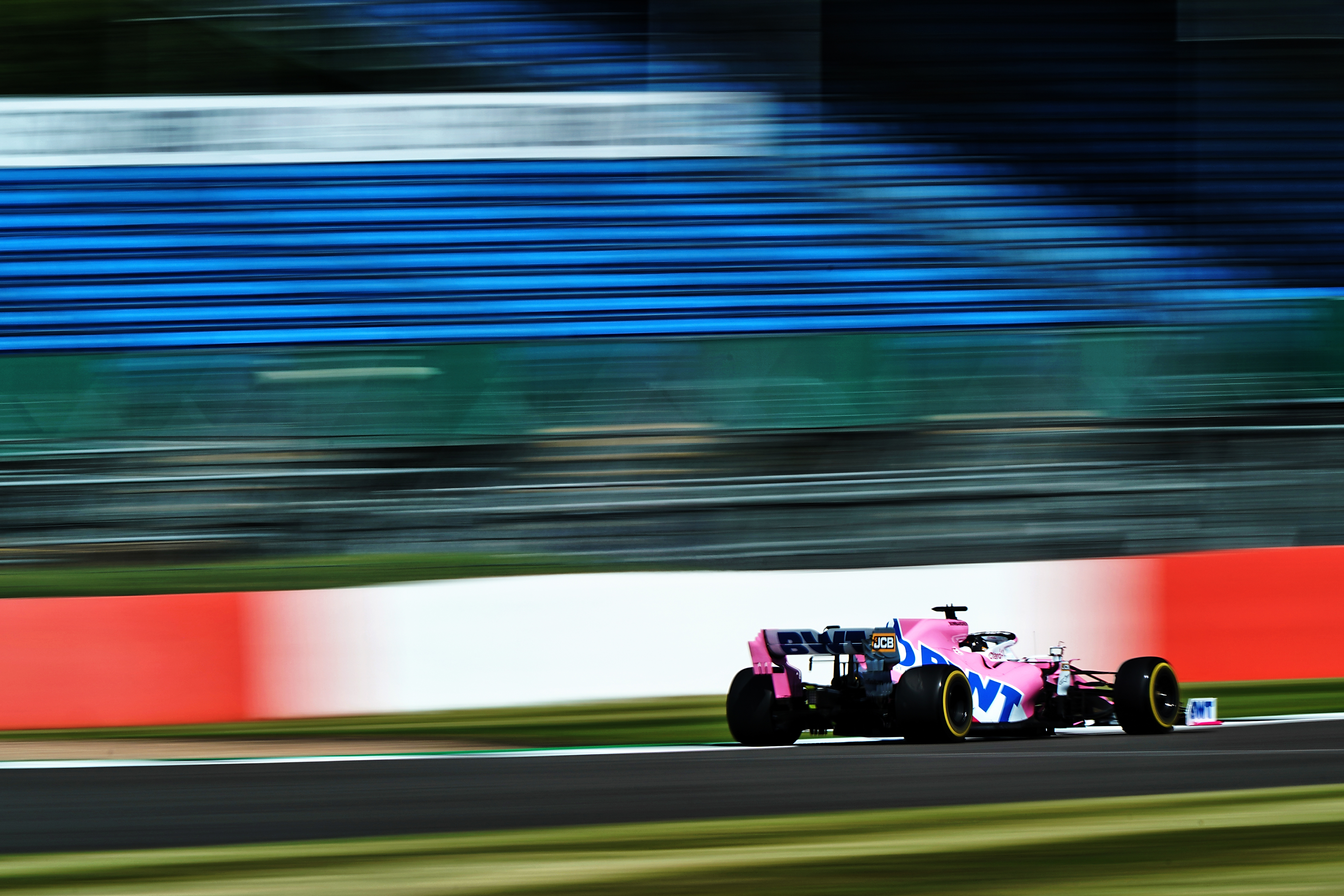
Firstly, let’s remember that there can still be appeals to this outcome and so it’s not yet defined what the full implications are.
But as it tentatively stands, while it appears to shut down the avenue of what would effectively be customer cars, it doesn’t really. That customer car by the back door route still seems possible (though it won’t be in the first year of the all-new formula in 2022).
Meantime, there is still nothing preventing a team reverse-engineering the outer surfaces of a car made by a constructor which is also providing you with the engine, gearbox and perhaps other non-listed components.
This penalty would seem just to be a bit of a sting for Racing Point rather than a fundamental closing down of the concept, in that it’s been established that its process wasn’t quite right in transitioning from non-listed to listed part with the rear brake ducts.
But that doesn’t carry through the the outer surfaces of the car, which the team claims has been reverse engineered from images of the 2019 Mercedes.
So yes, you now have to design your own ducts. That isn’t of itself going to shut down the straight copy route.
This still leaves very awkward questions hanging in the air for not just Renault but for McLaren and Williams at least and maybe others. Which is why it would not be surprising if Renault – rather than Racing Point – appealed the verdict.
Edd Straw
The regulations are at fault
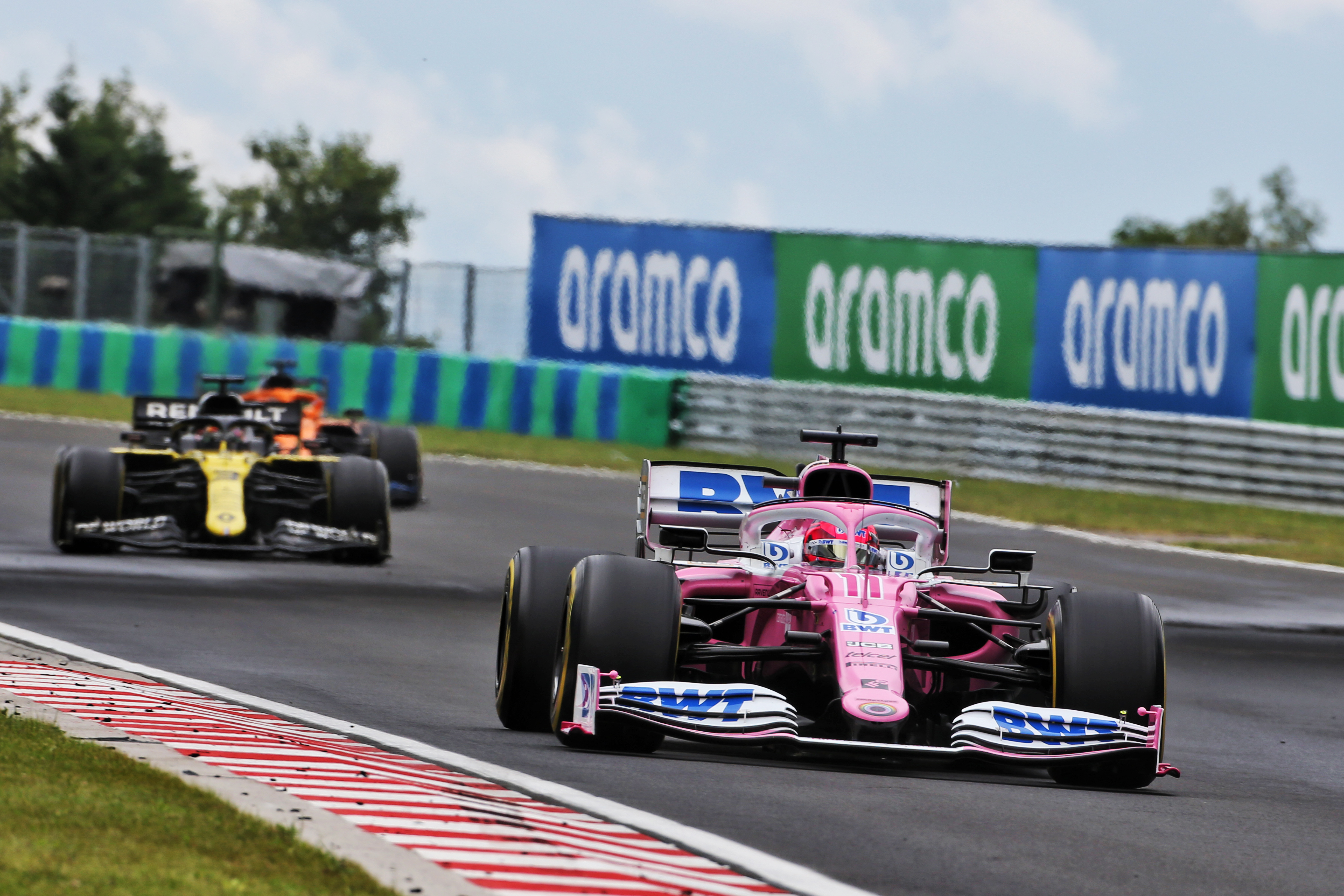
While an appeal could expand the scope, right now the verdict is contained to the brake ducts and doesn’t have wider implications for copycat cars.
This situation only arose because of the moving of brake ducts from non-listed parts in 2019 to listed parts in 2020.
The front brake ducts were deemed legal because Racing Point couldn’t unlearn what it learned in ’19 running Mercedes designs. But the rears didn’t have the same privilege because Racing Point didn’t compete with them, which weakened the argument that was used to exonerate it on the front brake duct use.
The key problem here was the regulations. No consideration was given to how moving the brake ducts from non-listed to listed parts should be dealt with by a team in Racing Point’s situation. The team made that very clear in its defence and this was accepted by the stewards.
While Racing Point, as the stewards pointed out, didn’t make any effort to clarify what the correct process was, it did capitalise on the ambiguity in the rules.
This is why the penalty might seem lenient and the upshot is that the rulemakers need to ensure a process for such a situation does exist in future, and ensure the correct definitions exist for the design of listed parts given ambiguity of the word “design” in the regs.
Scott Mitchell
Too lenient for the performance gain
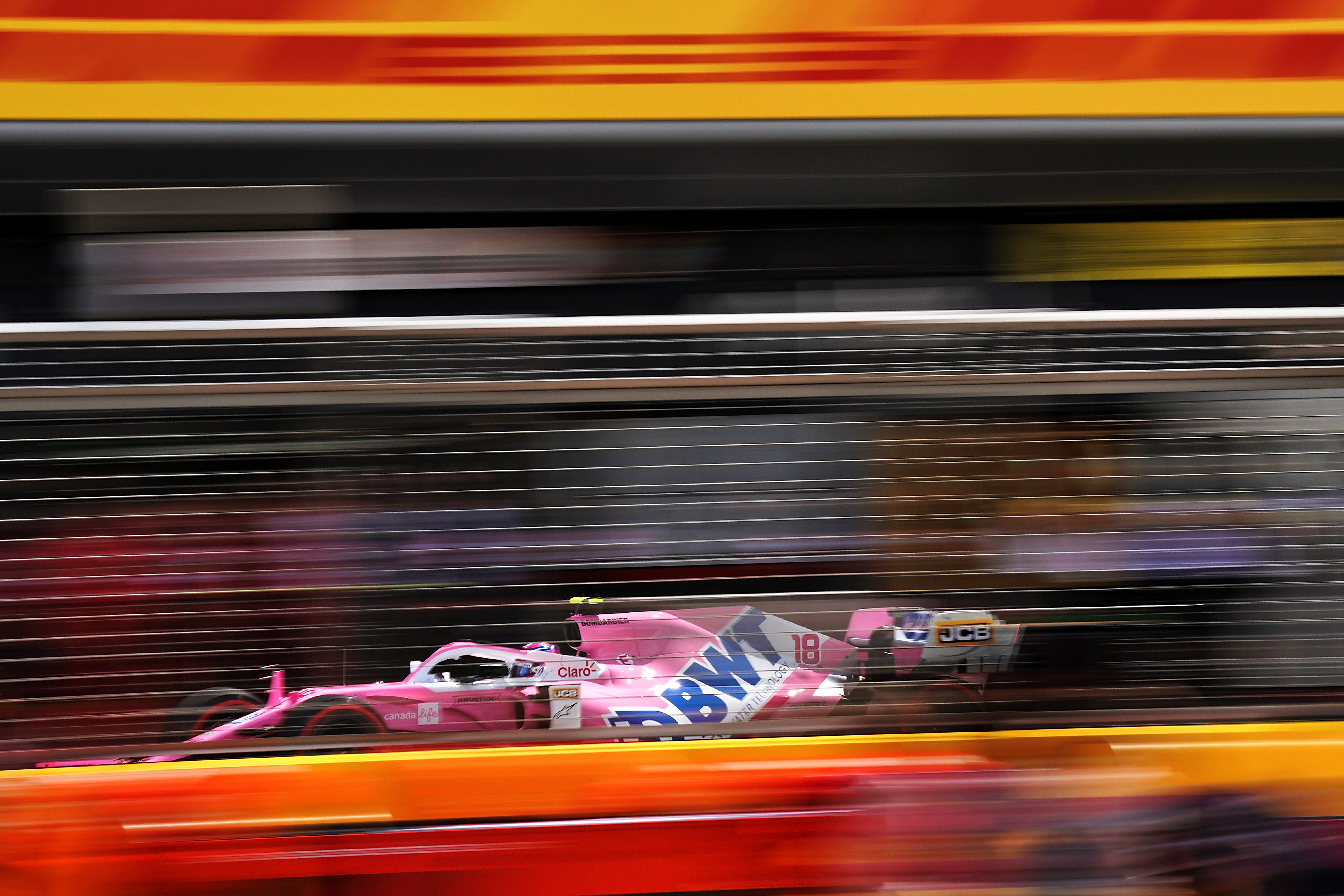
The stewards effectively said this penalty’s been deemed sufficient because the advantage Racing Point found was in the design phase and completed some time before the Styrian Grand Prix (the first race Renault protested).
But that suggests that the punishment is to peg Racing Point back for what it gained in shortcutting the design phase. E.g. the time and money it would have spent. But what about the performance?
FIA head of single-seater technical matters Nikolas Tombazis says that “Racing Point could have obtained a very similar end result if they had used photographs as they used for the rest of the car”.
That’s quite a big assumption to make given Renault was adamant that a key part of brake duct design is the internal stuff not visible on the surface.
I don’t think in normal circumstances we would assume that Racing Point would have come to the same design conclusion for its rear brake ducts if it did not have Mercedes CAD data to improperly use. And the stewards note, on three different occasions, that the brake ducts have “enormous” aerodynamic influence.
It strikes me as odd that the influence can be considered “enormous” but then only deemed to be worth 15 points, and I’d like to know what the logic was for settling on that number. Because these parts add up to a wider package with greater aerodynamic potential and performance and Racing Point will benefit from that all season long.
Perhaps it’s an effective ‘mea culpa’ from the FIA for not clearly outlining the process of managing the transition of brake ducts to listed parts better. But I wouldn’t be surprised if Renault challenges it on the grounds the penalty is too lenient, or if Racing Point feels aggrieved to be found guilty but also happy to get off a little lightly in the circumstances.
GLENN FREEMAN
A penalty that can easily be overcome
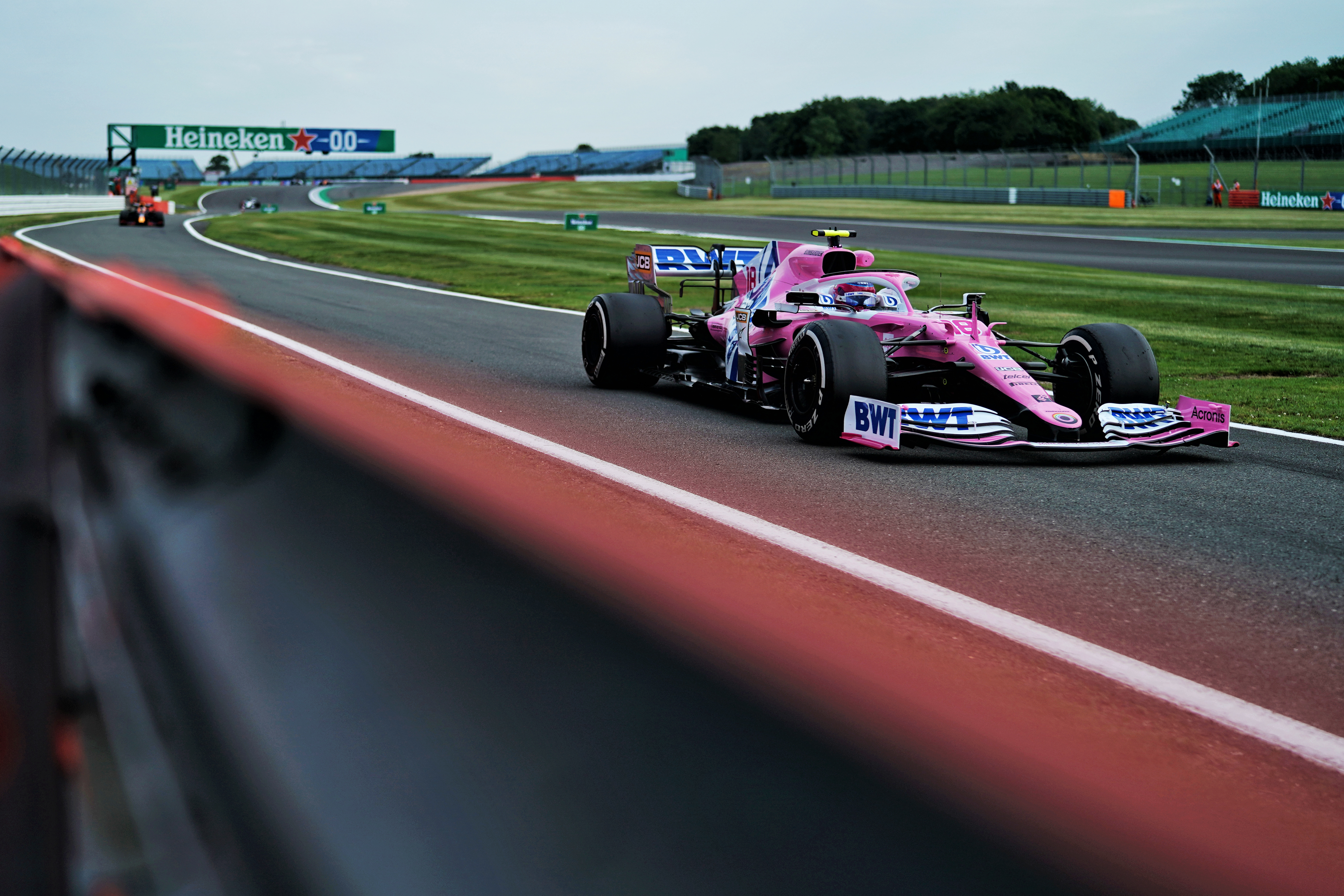
If Racing Point had realised while creating its RP20 that its brake ducts would be deemed illegal, but the sporting penalty would only be 15 points, it might have considered that a price worth paying.
The team hasn’t bagged as many points as it should have so far this year, but if it gets on a roll it could break free of the midfield pack by more than 15 points come the end of the season.
If it ends up third in the championship even with the penalty, then the only harm done is to the bank balance of whoever pays the €400,000 fine. And that’s not as much of a problem for this team’s finances as it would have been a couple of years ago.
That penalty certainly isn’t going to keep it behind Renault for the rest of 2020.






